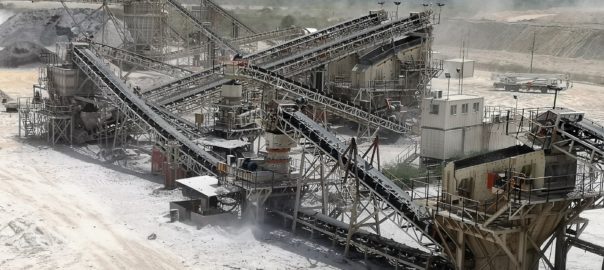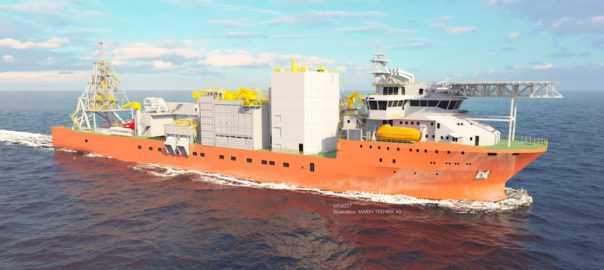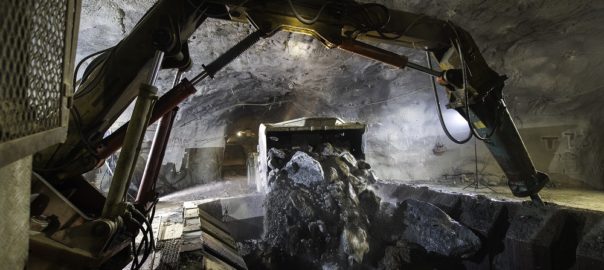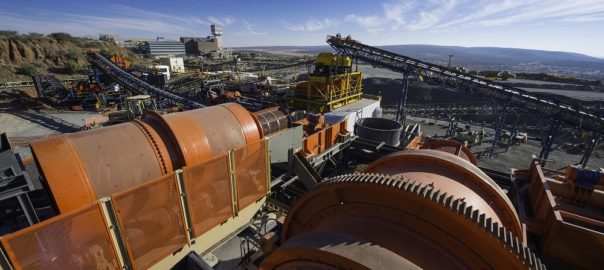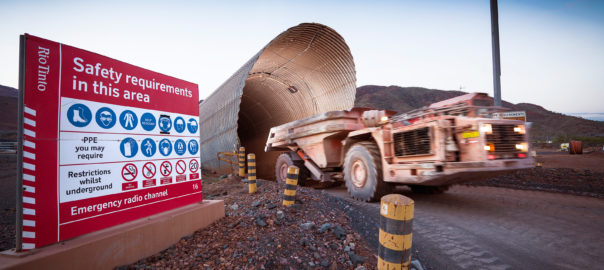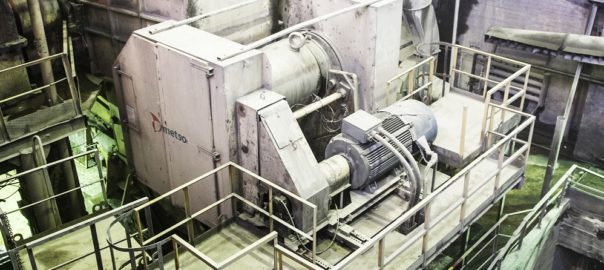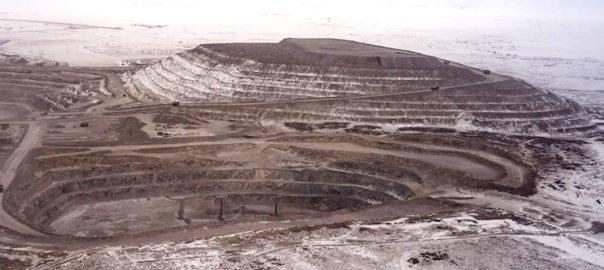Canada’s Minister of Natural Resources, Seamus O’Regan, has announced a C$1.6 million ($1.2 million) investment in the development of an analyser able to provide near real-time measurements of the active clay content in oil sands and mine tailings.
The project, led by the Saskatchewan Research Council with Suncor Energy Inc and the Northern Alberta Institute of Technology as partners, could prove beneficial to Canada’s diamond, potash and oil sands sectors.
On top of the Federal Government’s funding, through Natural Resources Canada’s Clean Growth Program, the project collaborators are also providing in-kind and financial contributions, bringing the overall project value to C$2.29 million.
Clay is naturally present in varying quantities within minerals deposits and presents a significant tailings management challenge. The clay analyser will assist in near real-time measurements of clay concentrations, which will allow the companies to develop strategies for effective process control and tailings management options that can reduce the use of chemicals, resulting in operating cost savings and reducing tailing deposit footprints.
The technology is also applicable to different types of mines, such as diamond, potash and oil sands, and will have various environmental benefits, including improved water management and reduced land disturbance, leading to progressive reclamation of mine sites, the government said.
Natural Resources Canada’s Clean Growth Program invests in clean technology research and development projects in Canada’s energy, mining and forest sectors. The program is a C$155 million investment fund that helps emerging clean technologies further reduce their impacts on air, land and water while enhancing competitiveness and creating jobs.
(photo: Suncor Energy’s oil sands)









